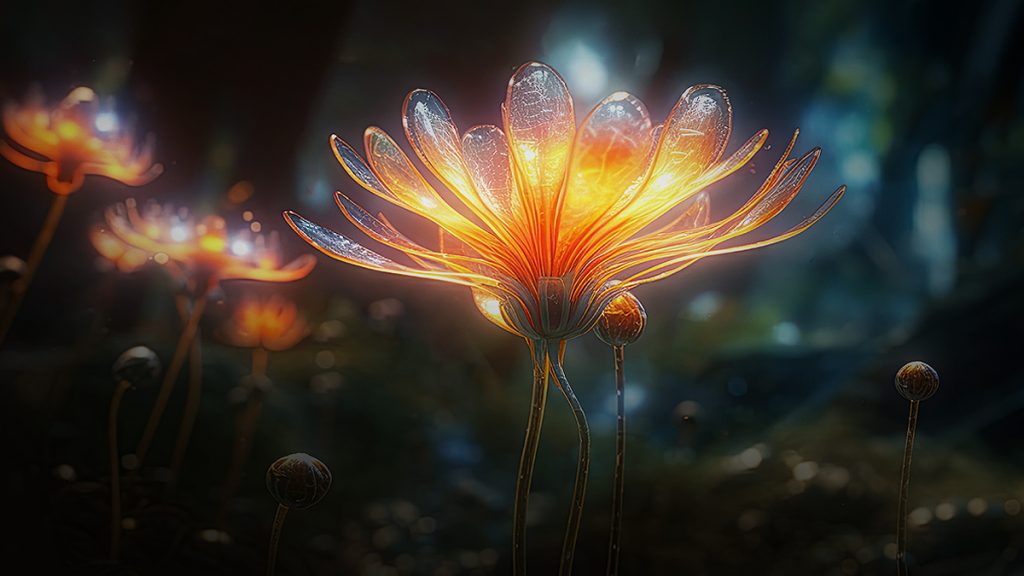The Medici principality was struck by an enigmatic illness in 421 LCE that devastated the region. The disease began with mild fever-like symptoms and eventually progressed to severe third-degree burns, dark spots on the skin, yellow eyes, teeth, and skin, along with seizures, hallucinations, and even possible death. It was highly contagious and did not discriminate, affecting everyone regardless of age, gender, and social status.
As the outbreak continued, rumors circulated that it was not a natural phenomenon but rather a curse sent by one of the gods in the form of a plague. Kempe, the King of the Gods, ordered the other gods to uncover the culprit behind the pestilence on the land. Luciyal, one of Niefel’s most trusted demons, admitted his involvement in causing the spread of the disease.
His intent was to cause chaos and destruction, but he had not anticipated the extent of the outbreak and the widespread death that followed. The Medici family’s response was swift as they deployed their best doctors to identify and contain the disease. The doctors’ efforts to isolate the disease revealed that it was spreading through the water system shared between multiple districts, exposing a flaw in the region’s water infrastructure.
The doctors worked tirelessly to take samples, identify areas of high contamination, and isolate the disease strain. However, the lack of adequate resources and infrastructure hindered their efforts. Once affected areas had been pinpointed, the Medici military was deployed to provide fresh water to those affected districts. However, the disease quickly spread among the military members before they could provide fresh water, thus adding to the contamination and further spreading the disease. Amidst the chaos of the epidemic, Arcadian doctors were exploring one of the realm’s forests to conduct further research. During this investigation, they discovered a small outcropping of Zarathustrian flowers near an Arcadian family’s home. The family caught the doctors’ attention as, after a closer look, they seemed to be immune to the disease, providing a glimmer of hope in the bleak situation.
The doctors took samples of the Zarathustrian flower and began testing it against the disease in their laboratory. They discovered that the flower’s pollen had curative properties that could potentially cure or at least prevent the disease. More Zarathustrian flower pollen was carefully harvested and processed upon this discovery, creating a potent curative agent that doctors administered to the affected communities. Careful dosing was imperative to prevent any potential adverse effects, but the results were remarkable – those on the brink of death were cured, and the spread of the disease began to slow.
The discovery of the curative properties of the Zarathustrian flower is a significant milestone in the history of Arcadian medicine and science. This breakthrough reflects the power of Arcadian nature and the potential of natural resources to help solve complex medical problems. Additionally, it demonstrates the intelligence and resourcefulness of the Arcadians in finding a cure to the deadly disease that ravaged their realm, as well as their deep appreciation of the natural world around them.
Read More: Exploring Arcadia’s Vegetation



